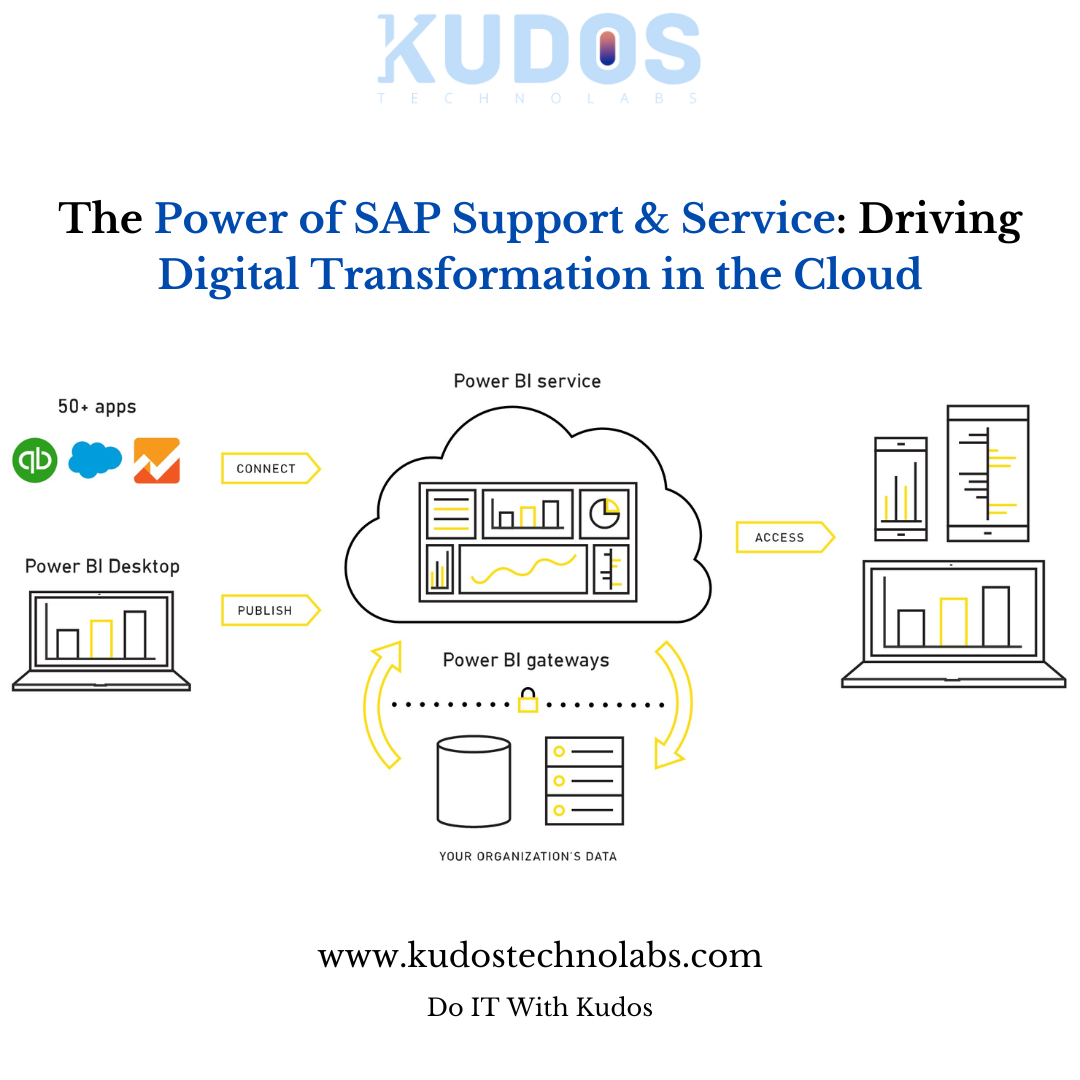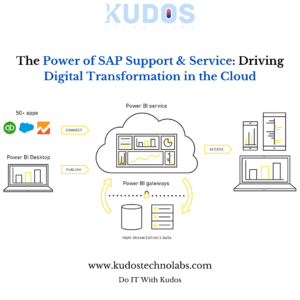In a digital age marked by power of blockchain technology has emerged as one of the most transformative innovations, holding the potential to revolutionize various industries. Originally conceived as the underlying technology for cryptocurrencies like Bitcoin, blockchain has evolved into a robust and versatile platform with applications far beyond digital currency. In this comprehensive exploration of blockchain technology, we will delve into its fundamental principles, examine its real-world applications, and discuss the potential impact it can have across different sectors.
Understanding Blockchain Technology
At its core, blockchain is a decentralized, distributed ledger technology that enables secure, transparent, and tamper-proof record-keeping of transactions. Unlike traditional centralized systems, where a single entity holds control, blockchain operates on a network of computers (nodes), each maintaining an identical copy of the digital ledger. This decentralization eliminates the need for intermediaries, reduces the risk of fraud, and enhances data security.
Key Characteristics of Blockchain:
1. Decentralization No single entity has control over the entire network, ensuring a democratized and trustless environment.
2. Immutability Once a transaction is recorded on the blockchain, it becomes virtually impossible to alter, providing a high level of security against tampering.
3. Transparency All participants in the network can view the same information, promoting transparency and accountability.
4. Security Transactions are encrypted and linked in chronological order (blocks), creating a chain that is resistant to hacking and unauthorized access.
Blockchain Use Cases
1. Cryptocurrencies
Cryptocurrencies, like Bitcoin and Ethereum, remain some of the most well-known applications of blockchain technology. Blockchain serves as the backbone of these digital currencies, facilitating secure and decentralized transactions.
2. Supply Chain Management
Blockchain enables end-to-end visibility in supply chains, allowing participants to track the movement and origin of goods in real time. This enhances transparency, reduces fraud, and helps prevent counterfeit products from entering the market.
3. Financial Services
Blockchain can streamline cross-border payments, reduce transaction fees, and accelerate settlements. Smart contracts—self-executing contracts with predefined rules—automate financial agreements, ensuring transparency and reducing the need for intermediaries.
4. Healthcare
In the healthcare sector, blockchain can securely store and share patient data across providers, ensuring data integrity and enabling patients to have more control over their medical information.
5. Identity Verification
Blockchain-based identity systems can give individuals control over their personal data and simplify identity verification processes, reducing the risk of identity theft.
6. Real Estate
Blockchain can revolutionize property transactions by creating a transparent and immutable record of ownership, streamlining title transfers, and reducing fraud.
7. Voting Systems
Blockchain-based voting systems can enhance the security and transparency of elections, potentially mitigating issues like voter fraud and ensuring accurate results.
8. Digital Content Ownership
Blockchain enables creators to prove ownership of digital content, preventing unauthorized use and ensuring fair compensation for their work.
Challenges and Considerations
While the potential of blockchain technology is vast, it’s essential to acknowledge the challenges it faces:
1. Scalability Some blockchain networks face limitations in terms of transaction speed and scalability, which can hinder their adoption in high-volume applications.
2. Regulatory Uncertainty Different jurisdictions have varying regulations for blockchain and cryptocurrencies, creating uncertainty for businesses operating in the space.
3. Energy Consumption Proof-of-work (PoW) blockchains, like Bitcoin, consume significant amounts of energy. This raises concerns about environmental impact and sustainability.
4. Interoperability The lack of interoperability between different blockchain networks can hinder the seamless exchange of data and assets.
5. Security Concerns While blockchain is highly secure, vulnerabilities in smart contracts and exchanges can still be exploited by malicious actors.
Future Implications
Power of blockchain technology holds the potential to reshape industries, improve transparency, and empower individuals. As scalability and interoperability challenges are addressed, we can expect to see increased adoption and innovation across various sectors. From revolutionizing financial systems to transforming supply chains, the impact of blockchain is likely to be profound.
Conclusion
In an era of digital transformation, power of blockchain technology has emerged as a beacon of innovation, promising transparency, security, and decentralization. Its applications extend far beyond cryptocurrencies, touching industries as diverse as healthcare, finance, supply chain management, and more. While challenges persist, the potential for blockchain to reshape traditional systems and empower individuals remains undeniable. As we continue to explore the possibilities of this groundbreaking technology, it’s clear that the blockchain revolution is well underway.
Get more information Or want to develop/design any web/app/software We are leading IT company In India | Kudos Technolabs
|| hello@kudostechnolabs.com ||




